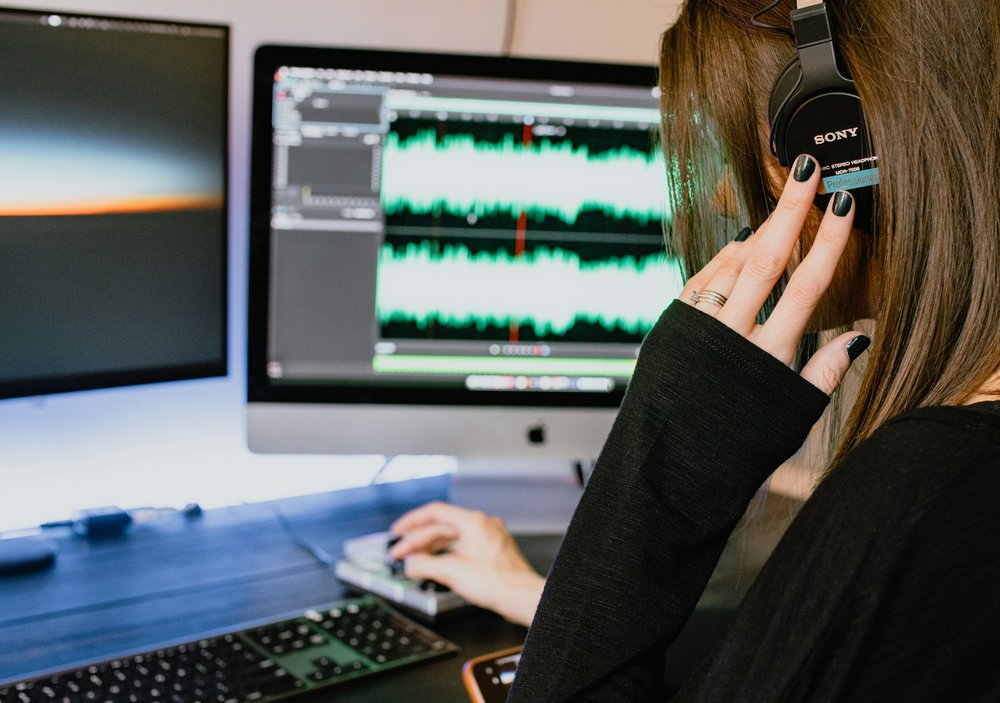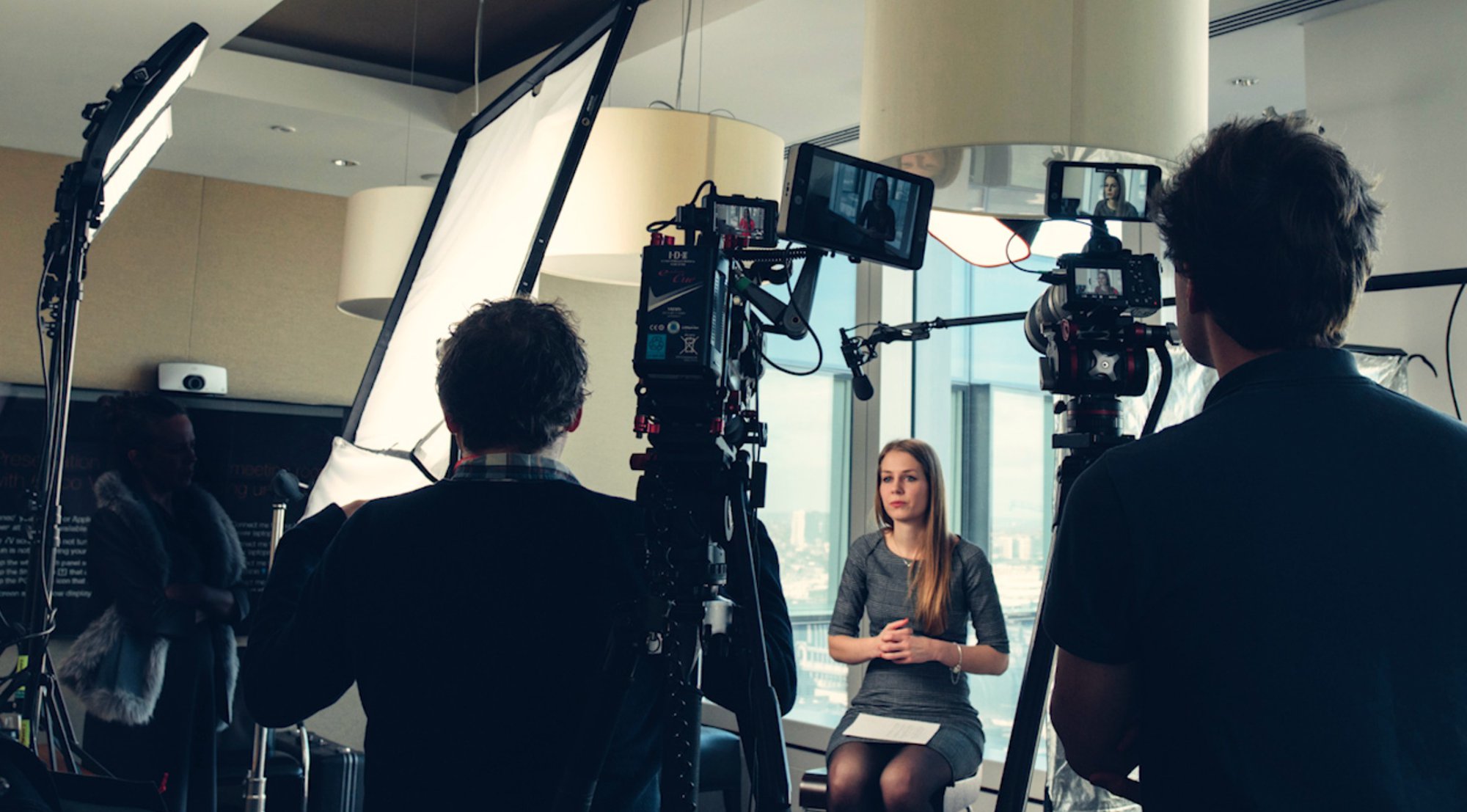Voiceover is everywhere—from films and commercials to YouTube videos and phone systems. But what is voiceover, and how can it elevate your content in 2025? Whether you're a creator, marketer, or business owner, understanding voiceover as a production technique can help you craft engaging and professional videos without needing a Hollywood budget.
Voiceovers involve recording a voice that is heard off screen to provide narration, commentary, or character voices. This technique adds depth, clarity, and emotion to your content, making it more memorable and accessible. In fact, video remains the top format for consuming information, with viewers spending over seven hours weekly watching online videos, a 59% increase since 2016, according to Limelight's State of Online Video 2019.
Understanding Voiceover: Definition and Types

At its core, a voiceover is a recorded voice that is layered over visual content or audio to guide, explain, or entertain. It differs from voice acting in that voiceover often serves as narration or off-screen commentary, while voice acting brings characters to life with dialogue and emotion.
Main Types of Voiceover
- Narration Voiceover: Used in documentaries, explainer videos, and news reports to tell a story or provide context.
- Commercial Voiceover: Persuasive audio in ads and promotional content.
- Character Voices: Found in animated films, video games, and cartoons, where voice actors portray distinct characters.
- Interactive Voice Response (IVR): The automated messages you hear on phone systems guiding you through menus.
Each type requires different skills and approaches but shares the goal of enhancing storytelling and audience engagement.
Why Use Voiceover in Your Videos?

Voiceover adds clarity, emotion, and professionalism. It helps explain complex topics, narrate stories, and maintain viewer interest. With the rise of remote work and digital content, voiceover has become more accessible than ever—many voice artists now work from home studios, delivering high-quality audio without expensive setups.
Voiceover also improves accessibility, allowing visually impaired audiences to interact with content through screen readers and narration.
Essential Equipment for Quality Voiceover

Creating a professional voiceover starts with the right tools. You don’t need a full recording studio, but investing in quality equipment will make a big difference:
- Microphone: A crisp, clear microphone reduces background noise and captures your voice accurately.
- Headphones: Essential for monitoring your recording and ensuring sound quality.
- Audio Software: Programs like Audacity or Adobe Audition help edit and enhance your recordings.
- Quiet Recording Space: Minimize ambient noise by choosing a quiet room or using soundproofing materials.
If purchasing equipment isn’t feasible, consider hiring a professional voice actor who already has access to high-end gear and expertise.
Tips for Writing an Effective Voiceover Script

A great voiceover starts on the page. Your script should be clear, concise, and tailored to your target audience. Here are some quick tips:
- Outline your key points to stay focused.
- Use conversational language to sound natural.
- Write in an active voice to keep energy high.
- Keep sentences short for easier delivery.
- Add tone directions like [enthusiastically] or [calmly] to guide the voice artist.
Planning your script carefully saves time during recording and editing.
Recording and Editing Voiceovers Like a Pro

Before recording, warm up your voice with simple exercises like humming or tongue twisters. When recording:
- Speak slowly and clearly to ensure every word is understood.
- Use inflections and pauses to add emotion.
- Control your breathing to avoid awkward gaps.
After recording, use editing software to:
- Remove background noise and long silences.
- Balance audio levels for consistent volume.
- Cut out mistakes or unwanted sounds.
If the first take isn’t perfect, don’t hesitate to re-record—it’s better than spending hours fixing issues later.
The Role of Voiceover in Pop Culture and Media

Voiceover has a rich history in entertainment, from early radio broadcasts to iconic animated films by Warner Bros featuring legendary voice artists like Mel Blanc. Narration and voiceover remain staples in film, television, and online media, shaping how stories are told and experienced.
Famous voices such as James Earl Jones in Star Wars have become cultural touchstones, demonstrating the power of voiceover to create lasting impact.
Voiceover Gestures and Accessibility Features
Modern devices use voiceover gestures to enhance accessibility. For example, on iPhones, users can activate VoiceOver with a triple click of the home button or perform a double tap to select items. These touch screen gestures enable visually impaired users to navigate interfaces with audio feedback, highlighting the importance of voiceover beyond entertainment.
How to Choose the Right Voice Artist
Selecting the perfect voice artist depends on your project’s tone and audience. Consider:
- Gender and age to match your brand.
- Accent and dialect for authenticity.
- Range and intonation to convey the right emotion.
Many voice artists maintain demo reels showcasing their versatility. Listening to these can help you find a voice that fits your vision.
Frequently Asked Questions
Can I record professional voiceovers remotely?
Yes! Many voice artists work from home studios with high-quality equipment and communicate via video calls for direction. Learn more about remote production in Levitate’s Remote Video Production guide.
How do I turn voiceover on for accessibility on my device?
You can activate VoiceOver on iOS devices by triple-clicking the side or home button or via Settings > Accessibility. For detailed instructions, check Levitate’s blog on Voice Over Apps. For information on how your data is handled, please refer to Levitate Media’s Privacy Policy.
What’s the difference between voiceover and dubbing?
Voiceover adds narration or commentary, often off-screen, while dubbing replaces original dialogue in foreign films or shows to match a new language. Both require skilled voice artists but serve different purposes.
How do I improve my voiceover audio quality?
Invest in better audio gear, record in quiet spaces, and use editing software to clean up recordings. Levitate’s Audio and Video Production blog offers tips to enhance your sound.
Voiceover remains a vital tool in 2025 for storytelling, marketing, and accessibility. With the right approach, equipment, and talent, you can create compelling voiceovers that resonate with your audience and elevate your content’s impact. Explore more resources and professional services at Levitate to bring your voiceover projects to life.









